Earlier this week I had the pleasure of doing something very stupid with another YouTuber. We wanted to see what would happen if you push over 3000A through an iPhone. The result? Fire. You get fire.
To perform this experiment we prepared a few different setups for maximum electrocution. The first was with the tried and true technique of re-wrapping a transformer to put out low volts at high current — essentially, a DIY spot welder. Now while most of those use a little transformer taken out of a microwave, I happened to have an industrial transformer about four times the size. Once re-wrapped to become a step-down transformer, it can produce approximately 1000A @ 1V … Or if you plug it into a 240V outlet, upwards of 2000A @ 2V — all depending on the resistance of whatever you’re putting in-between the contacts.
During the actual test we read about 1400A going through the iPhone with an ammeter. Which puts an iPhone 6 at a resistance of about 0.0014 ohms.
Continue reading “Using Over 3000A To Rapidly Charge An IPhone”

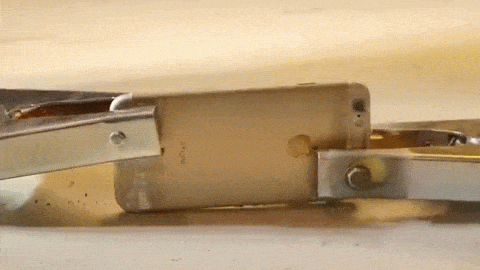
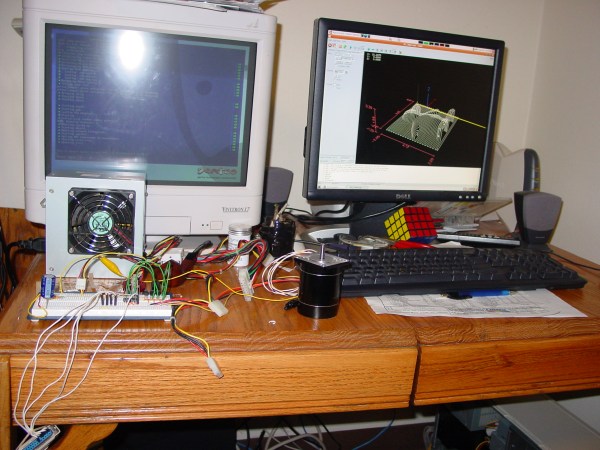
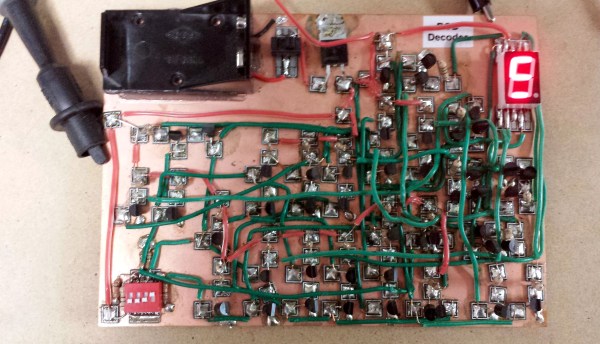



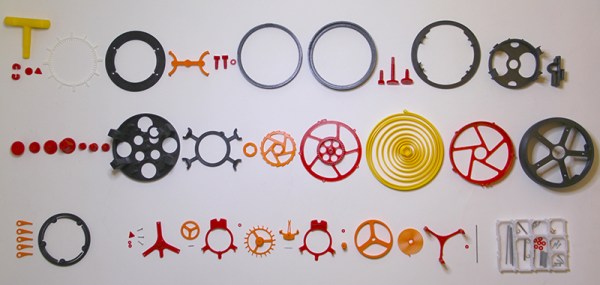
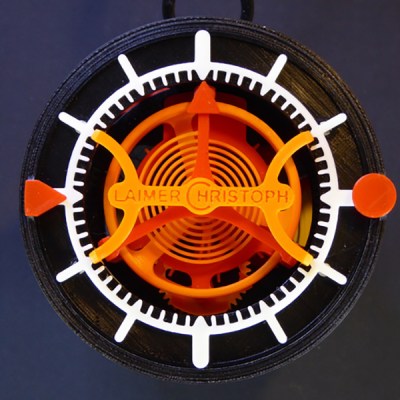 [Christoph Lamier] designed this tourbillon clock in Autodesk Fusion 360, with 50 printable parts, and a handful of pins, screws, and washers. The most delicate parts – the hairspring, anchor, escapement wheel, and a few gears were printed at 0.06 layer height. Everything else was printed at a much more normal resolution with 0.1mm layer height.
[Christoph Lamier] designed this tourbillon clock in Autodesk Fusion 360, with 50 printable parts, and a handful of pins, screws, and washers. The most delicate parts – the hairspring, anchor, escapement wheel, and a few gears were printed at 0.06 layer height. Everything else was printed at a much more normal resolution with 0.1mm layer height.









